Save with our Tax Refund Sale - Shop Now
Turbo | Supercharger

Fleece Performance 1.0 inch T4 Pedestal Spacer

Fleece Performance 1.5 inch T4 Pedestal Spacer
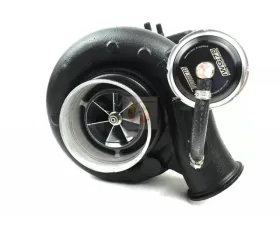
Fleece Performance 1994-2002 63mm FMW HX35 Cheetah Turbocharger
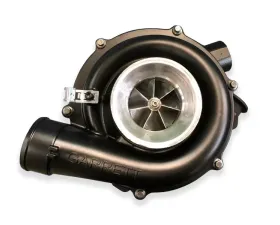
Fleece Performance 2003-2004 63mm FMW Ford 6.0L Cheetah Turbocharger
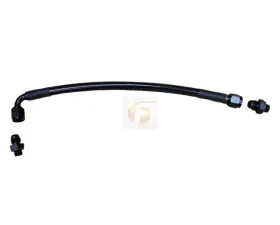
Fleece Performance 2003-2016 Cummins Factory Oil Feed Line Replacement
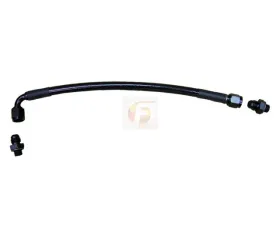
Fleece Performance 2003-2016 Cummins Turbo Oil Feed Line Kit For S300 and S400 Turbos in 2nd Gen Location
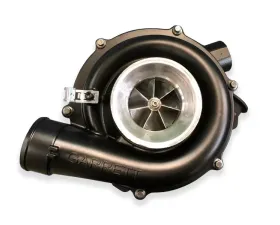
Fleece Performance 2004.5-2007 63mm FMW Ford 6.0L Cheetah Turbocharger
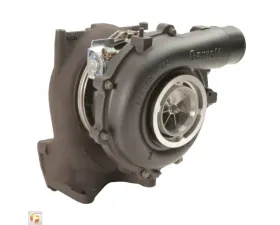
Fleece Performance 2004.5-2010 LLY, LBZ, LMM Duramax 63mm FMW Cheetah Turbocharger STREET
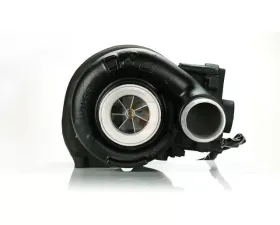
Fleece Performance 2007.5-2012 Cummins 63mm FMW Holset VGT Cheetah Turbocharger
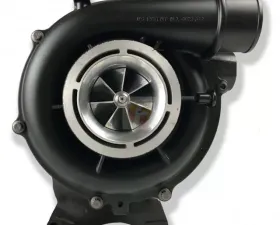
Fleece Performance 2011-2016 63mm FMW Duramax VNT Cheetah Turbocharger LML
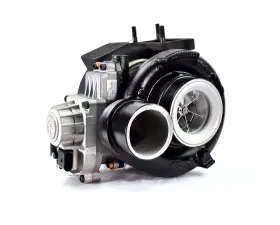
Fleece Performance 2013-2018 Cummins 63mm FMW Holset VGT Cheetah Turbocharger
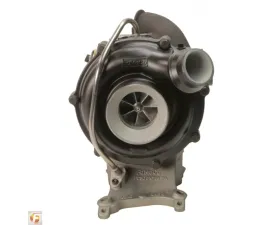
Fleece Performance 2015-2018 6.7L Powerstroke 63mm FMW Cheetah Turbocharger
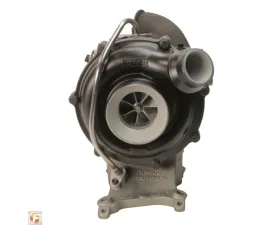
Fleece Performance 2017-2018 6.7L Cab & Chassis Powerstroke 63mm FMW Cheetah Turbocharger

Fleece Performance 5/8 Inch Billet Aluminum Universal Block Off Plug
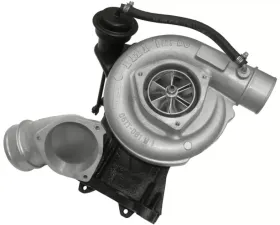
Fleece Performance 63mm Billet LB7 Cheetah Turbocharger
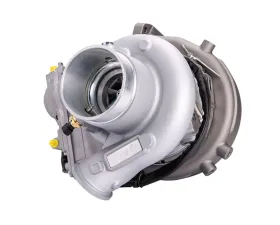
Fleece Performance 64mm HE400VG/HE451VE Turbocharger for Cummins ISX/QSX

Fleece Performance 67mm HE400VG/HE451VE Turbocharger for Cummins ISX/QSX
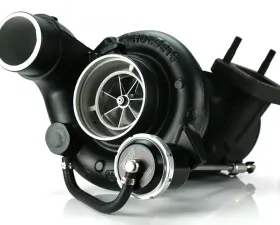
Fleece Performance Cheetah Turbocharger Dodge Ram 2500 | 3500 2003-2004
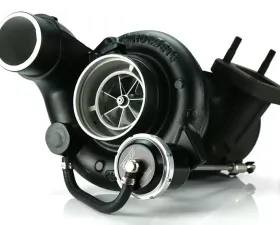
Fleece Performance Cheetah Turbocharger Dodge Ram 2500 | 3500 2005-2007

Fleece Performance Cheetah Turbocharger Ram 2500 | 3500 6.7L 24V Cummins 2019-2022
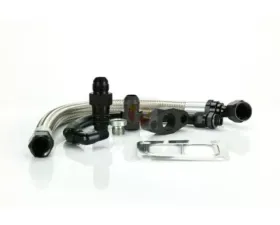
Fleece Performance Cummins S300-S400 Turbo Installation Kit 2003-2007

Fleece Performance Cummins S300-S400 Turbo Installation Kit 2007.5-2012
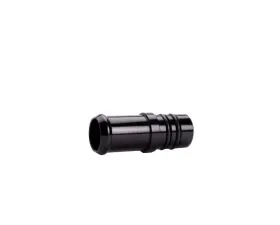
Fleece Performance Cummins Turbo Drain Adapter to 7/8 Inch Hose RAM 2500 | 3500 1998.5-2021

Forced Induction and Everything that Comes with It
The amount of power an internal-combustion engine can produce depends primarily on how much fuel it can burn and how quickly and efficiently it converts that heat to mechanical force. But fuel requires oxygen to combust, so an engine's maximum output depends largely on how much air it can take in to burn that fuel.
To them boring and stroking up to an engine maximum allowable displacement is the best solution so they could still have the instantaneous throttle response they long for. But there is a limiting factor for this which is called the engine block. An engine can only be bored and stroked so much until it can’t.
Hence the concept of forcing-feeding an engine more air than it would normally ingest so that it can burn more fuel and produce more power. This additional intake air can be supplied by either a turbocharger or a supercharger. Both are air compressors, but they operate and perform very differently.
What do you do then? Look for a bigger engine block? That will make your car heavier and potentially lose its balance. That will also be more weight loss from your wallet.
Luckily, we have such things as Supercharging and Turbocharging; or the concept of forcing-feeding an engine more air than it would normally ingest, so that it can burn more fuel and produce more power.
Aside from not having a big-ass engine in front, at the back or dead-smack in the middle of your car, government legislation and environmental concerns drive a shift away from fuel-thirsty big-displacement naturally aspirated engines toward smaller thriftier ones, automakers are increasingly employing turbochargers and superchargers to make more power from less fuel. Which makes going forced induction very timely.
Supercharger vs Turbocharger | Forced Induction …
A supercharger is a term for an air compressor that increases air density entering the combustion chamber with which to burn fuel. The earliest superchargers were all driven by power taken from the crankshaft, typically by gear, belt, or chain – like those in early Bentleys that went racing.
On the other hand, a turbocharger is simply a supercharger that is powered instead by a turbine in the exhaust stream. The first of these, dating to 1915, were referred to as turbosuperchargers and were employed on radial aircraft engines to boost their power in the thinner air found at higher altitudes.
A turbocharger uses the velocity and heat energy of the hot exhaust gases rushing out of an engine's cylinders to spin a turbine that drives an impeller which in turn compresses more air back into the engine. A supercharger also pumps additional air into the engine, but it is instead driven mechanically by the engine via a belt that runs off the crankshaft or, these days, by an electric motor.
… and Everything that Comes with It
Intercoolers
An intercooler is an intake air cooling device used commonly on turbocharged and supercharged engines. cools the air compressed by the turbo or supercharger reducing the temperature and increasing the density of the air supplied to the engine. Because more air equals more power.
The intercooler works by cooling the air, an intercooler provides a denser, more oxygen-rich air to the engine thus improving the combustion by allowing more fuel to be burned. It also increases reliability as it provides a more consistent temperature of intake air to the engine which allows the air-fuel ratio of the engine to remain at a safe level.
Blow-off Valve or By-pass Valve
A blow-off valve releases turbo pressure when the throttle plate is closed. While the turbo is still spinning and creating pressure, a wave of pressure will travel back to the turbocharger when the throttle closes. This results in the compressor wheel to stall, called “compressor surge”, and slow down very quickly. This is hard on the mechanicals and decreases the turbo’s lifespan.
Which means a blow-off valve is essential for highly boosted and high horsepower engines simply for relieving the pressure off of the turbo or supercharger.
Wastegate
A wastegate is a valve that controls the flow of exhaust gas to the turbine of a turbocharger. By controlling and limiting the speed of the turbine, it regulates the boost pressure provided by the turbocharger. By preventing the boost pressure from rising indefinitely, it effectively protects the turbocharger and the engine from damage.
More power and longer engine life is a winner in our books.
On the fence on which one to get? Give one of our world-class sales professionals a call at 1-480-966-3040!

.jpeg?q=90&p=thumb&w=200&h=200)
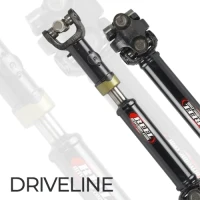
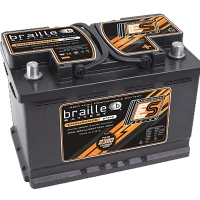





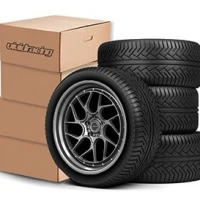

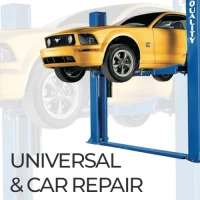
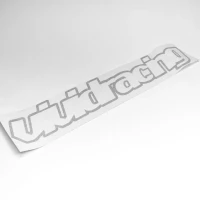
.jpeg?q=90&p=thumb&w=40&h=40) Brakes
Brakes  Driveline
Driveline  Electronics
Electronics  Handlebars & Controls
Handlebars & Controls  Package Deals
Package Deals  Wheel Accessories
Wheel Accessories  Wheels by Vehicle
Wheels by Vehicle  Tools and Maintenance
Tools and Maintenance  Universal & Repair
Universal & Repair  Vivid Racing Gear
Vivid Racing Gear 